 |
 |
 |
6/29 - 07/25/2007 |
Our location - Hayward, WI
The Schmid Farm |
We had such a good time visiting Mark's cousin Judy Schmid and husband Ron who Mark worked with back in the 70's at Burroughs,
that we decided to return and spend some more time. We want to chance to see more of the area where Mark spent the first two
years of his life.
|
click on images to enlarge |
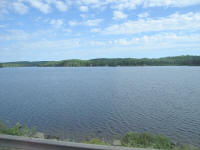 |
We say good bye to Lake Michigamme. |
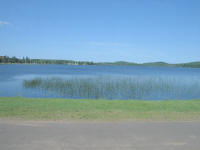 |
click on images to enlarge |
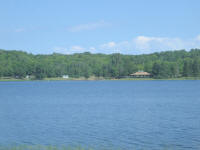 |
We enter Wisconsin. |
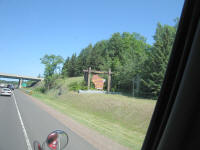 |
click on images to enlarge |
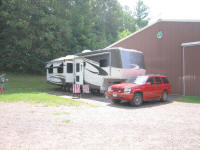 |
The Schmids are the current owner of Mark's grandfather's farm where his mother and 8 other kids were raised.
Tige is back in front of the horse barn where we spend a few days last year, with
Sparky. |
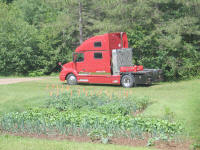 |
Red Rover has been parked down beyond the garden. |
click on images to enlarge |
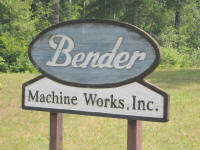 |
The Schmid farm originally belonged to Mark's grandfather, Cass Parker. In 1949, Mark's uncle, Lloyd Bender, purchased the
farm and established Bender Machine Works in the barn. |
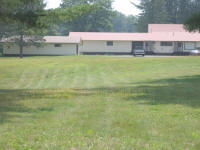 |
Here is the current factory. From the roofline, you can see the original barn on the right. |
click on images to enlarge |
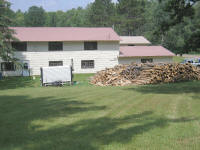 |
Since wood is a plentiful commodity in this area, the factory is heated by wood using the external furnace. |
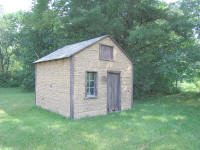 |
This was the original farm well house,. It has been moved and is used for storage. |
click on images to enlarge |
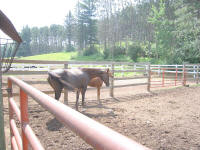 |
A function of the Schmid farm is raising Arabian horses. Here is a mare and her colt. |
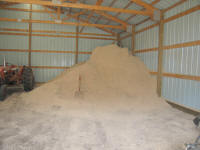 |
There is a wood products manufacturer in the Hayward area and sawdust is a byproduct. The sawdust is used for the horses. |
click on images to enlarge |
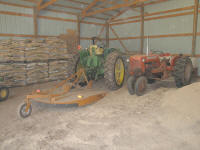 |
The tractor on the left is used for cutting grass in the fields. The tractor on the right is a classic. |
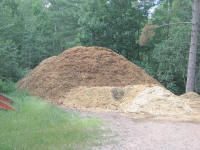 |
When you put a lot of hay into horses, it comes out. This is a pile of the stuff that comes out. Yes, a pile of shit or more
properly manure. The manure will age in the pile for about a year. It will then be distributed as fertilizer in the fields. |
click on images to enlarge |

